Stupendous Spiders
Posted by Remya Padmadas on February 28, 2018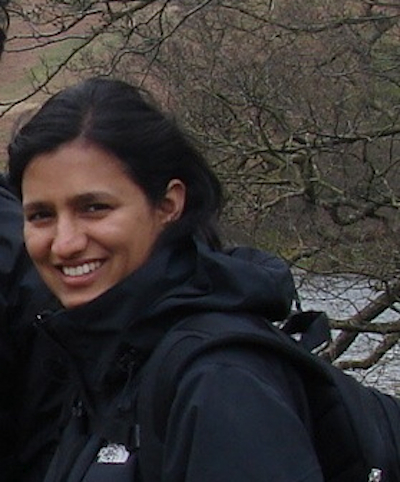
The little creature with many eyes and legs lurking in the nooks and crannies of your house and garden has a fascinating story behind it. Vena Kapoor, Programme Co-ordinator, Education and Public Engagement at the Nature Conservation Foundation has been working in the areas of conservation research and practice since 1998. Her early research was on rainforest restoration in the Western Ghats using spiders as an indicator species and developing conservation education and outreach material. Vena has written 'Off to See Spiders' for Pratham Books, a digital first STEM book illustrated by Pia Meenakshi. This story first appeared in The Hindu in School dated September 16, 2015.
Eight legs and eight eyes
Spun a web and caught three flies -----
What comes to your mind when someone says the word “spider” to you? Long hairy legs and sticky webs? A scary little creature lurking in some deep dark corner?
If you, like many people, don't like spiders, that's quite understandable since spiders rarely get much positive press. But I can guarantee that if you make a little effort to get to know spiders better, you will gradually get fascinated – and may even end up a bit obses- sive about them, like I am!
First, find a spider in your home or outside. Now, does it sit in a web that resembles a wheel, or does the web look like a complicated mess? Web building spiders can take anywhere between 20 minutes to a full day to spin their miniature architectural marvels. In many species it is only the female who weaves a web, and the males (much smaller in size) hang out at the edges, hoping to scrounge a meal.
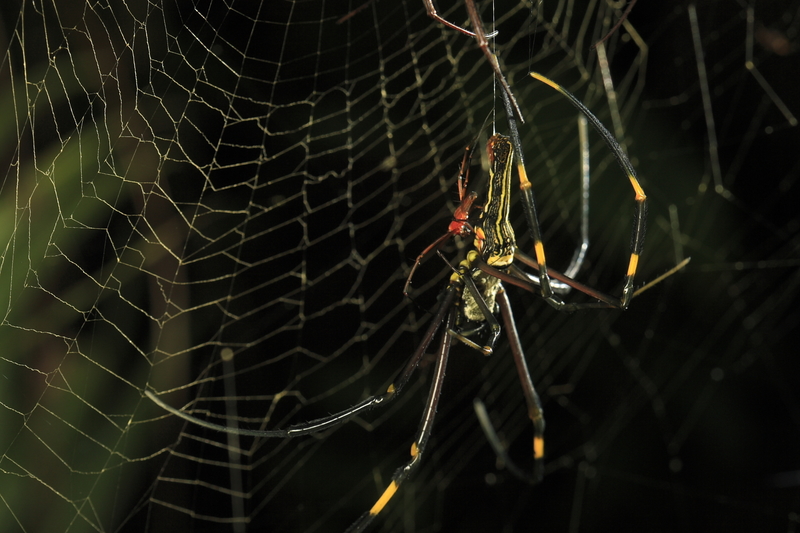
Femal Giant Wood Spider. Photograph by Sara.
Webs come in different shapes: a wheel, a dome, a thick white sheet, which becomes really prominent when there is heavy dew in the morning. Most spider webs are coated with a glue-like sub- stance to capture and hold steadfast any unfortunate insects that fly into them. Radiating lines of silk alert the waiting spider when something has been caught, else the poor-sighted spider might never know! A male web building spider strums and plucks the silk at the edge of the web to announce his arrival. If he is off-tune in his strumming the male is either ignored or eaten by the female!
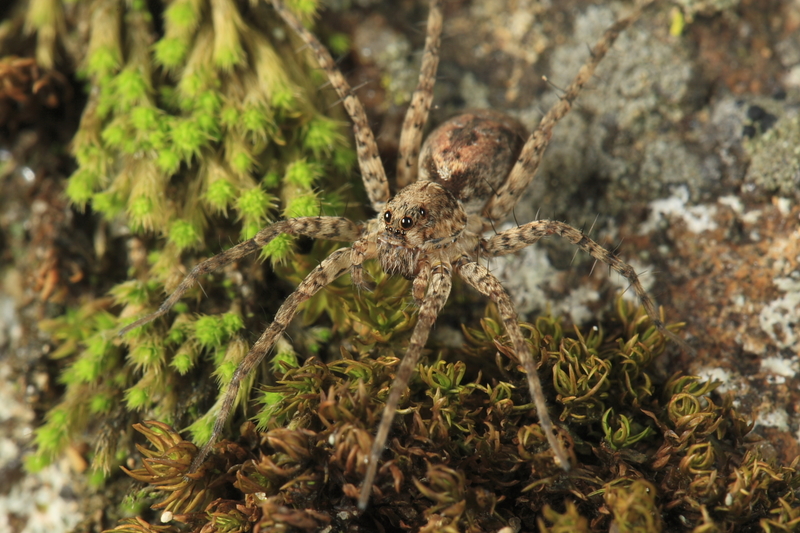
Wolf Spider. Photograph by Sara.
Perhaps you have come across a spider scurrying quickly about or jumping around athletically, with no web in sight? These spiders are known as hunting spiders and they rely on camouflage, stealth and deceit to get their food. Look for these spunky spiders in your house, on plants or on leaf litter on the ground. Sometimes looking closely at a flower will reveal a small brightly coloured spider that resembles a crab! These crab spiders often match the colour of the flower they live on; and an unsuspecting bee visiting the flower for nectar is soon made a meal of.
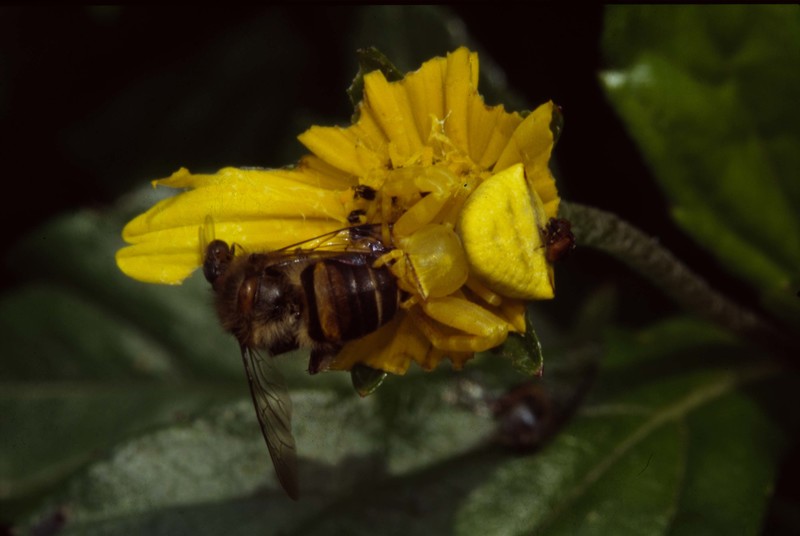
Crab Spider. Photograph by Robin Rozario.
Hunting spiders with their keener eyesight are also often brilliantly coloured, which helps to impress a female, since they have no webs to strum on. They often also perform elaborate courtship dances, which consist of swaying movements of their body and legs.
The world of spiders is weird and wonderful indeed. So the next time someone asks you if you would like to go bird watching, decline politely and tell them that you would rather go spider watching!
If you'd like to go on a spider walk right now, read Vena and Pia's book 'Off to See Spiders!' on StoryWeaver.
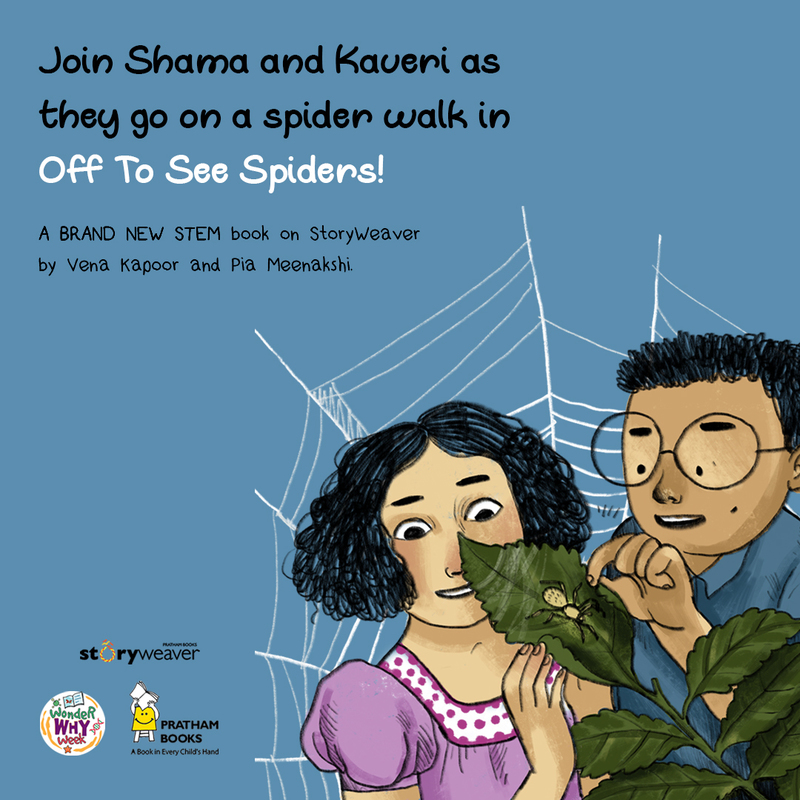
Be the first to comment.
The Magic of Technology
Posted by Remya Padmadas on February 27, 2018
Vidya Pradhan is a freelance writer and editor based in California. She loves the intricacies of language and is learning Spanish to better teach English to native Spanish speakers. She has written several children's books and is currently writing and editing a memoir for a prominent businessperson. In her spare time she hikes and plays Scrabble. Vidya wrote Lazy Mama for Pratham Books, a brand new STEM picture book about virtual reality.
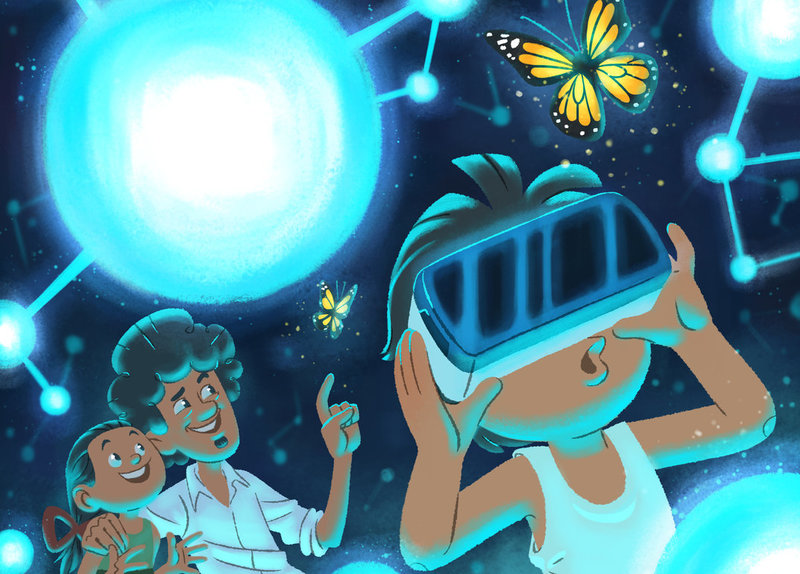
Look Out for These STEM Titles in 2018!
Posted by Yamini Vijayan on February 26, 2018Last week, while I was at a government office on some personal work, I got a call from my colleague Zeba, also an editor at Pratham Books.
“Listen, I wanted to ask about the Oviraptor’s eggs,” she began.
And while I waited, got my photo taken and submitted heaps of documents to government officials, Zeba and I spoke softly and grimly about the finer details of the oviraptor, the T-rex and the mammoth. It was a strange experience, talking about extinct creatures in the middle of a dusty office where people were hanging around, trying to get all sorts of practical things done.
“Have you brought your Aadhaar card? Do you have 3 passport-size photos? Where are your bank statements?”
“Is the mammooth looking too tall?”
---
Around February every year, we’re in a great state of excitement and nervousness because the books we’ve spent months and months creating are finally being released to the world (that should explain our conversations about dinosaurs and mammoths). At Pratham Books, this is our third year of creating STEM picture books in a focussed manner. In three years, we have created over 50 STEM titles (more than 250 books!) for early readers in English, Hindi, Marathi, Kannada and Tamil. And we’re delighted that these are part of 300 STEM libraries that we have helped set up around the country.
So what do we have for you this year?
Our aim for this year was to continue creating simple and engaging picture books that explore STEM topics creatively. The idea, in essence, remains the same: to nurture curiosity in children.
We strongly feel that it's important to highlight the more playful aspects of math and science. So we’re very pleased with this amazing book on different kinds of animal tongues. We are also excited about these upcoming books: a book of patterns by Aditi Dilip in which the reader has to spot the odd one out, and a book on the concept of heavy and light by physicist Sukanya Sinha and Hari Kumar Nair.
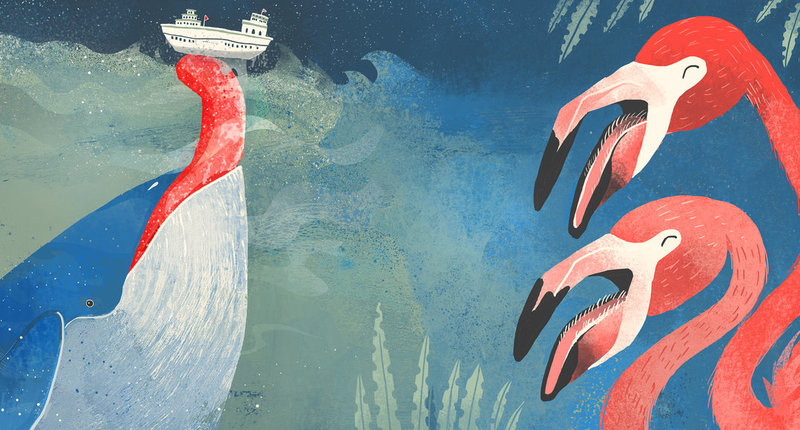
We do refer to the school curriculum as well though, and pick topics that have picture-book potential. This year, after sifting through a bunch of textbooks, we decided to make books on friction, magnets, bones, blood, time, division and electricity.

Have you noticed that children have a natural affinity for books about animals, birds and insects? Goby’s Noisy Best Friend explores the idea of symbiosis through the friendship between a goby fish and a pistol shrimp. This year, we have also made books on crabs, spiders and blue whales – all written by accomplished subject-matter experts and illustrated by artists who are incredible with getting all the intricate details right. And not to miss --- an enchanting island adventure by marine biologist Shreya Yadav and illustrator Sunaina Coelho which features flying fish, angler fish, firefly squid, plankton, and the moon – who makes a last-minute appearance!
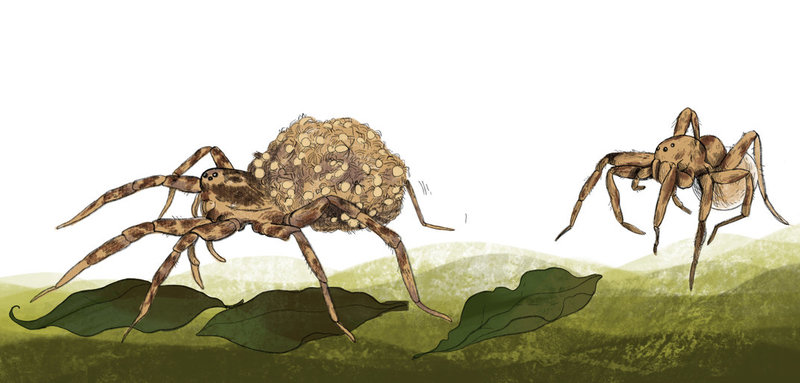
We’ve been told by our wise outreach team that children enjoy stories inspired by real life. So we are mighty pleased to have two short biographies based on the lives of two inspiring people: Anna Mani, a meteorologist who invented nearly a hundred weather gadgets (by Nandita Jayaraj and Priya Kuriyan), and Zakhuma, a forest guard and wildlife photographer (by Sejal Mehta and Barkha Lohia).
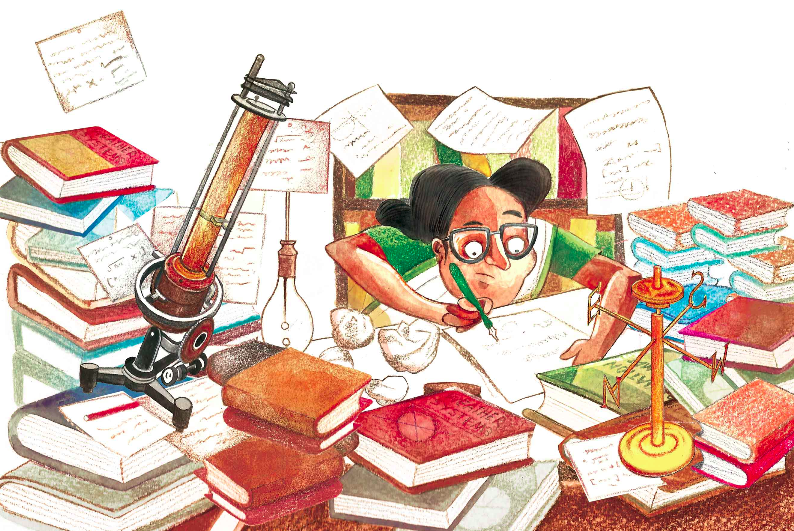
This year, we also wanted a couple of stories that demonstrate the importance of building and creating. Upcoming titles to look out for are: ‘The Grand Patch Up’ in which a girl uses her building-skills to make up with her friend, and ‘A Whistling Good Idea’ which is centred around the concept of a Rube-Goldberg machine.
Then there are the books that introduce children to interesting STEM careers. Shalini Srinivasan and Upamanyu Bhattacharyya’s book on water conservation features a spunky girl who aspires to be a sanitary engineer. Aashima Dogra and Fahad Faizal’s story on 'animals in space' features a woman who is always dreaming about exploring space. And, we finally have a book on paleontology (this has been on our wishlist) and all the marvellous things you get to do as a paleontologist.

Stories around technology are always tricky because of how rapidly technology evolves. Don't forget to read Lazy Mama -- a story by Vidya Pradhan and Rohit Kelkar on Virtual Reality.

All these stories will be available on StoryWeaver in at least 5 languages. You can read, download and print them for free! You can also translate it to any language that you are fluent in.
Below are the titles we have already published this year. We’ll continue to update this last as we publish more books so that you can see all the titles in a single place.
5. Unni's Wish
7. Lazy Mama
(Yamini is an editor at Pratham Books. The development of these books has been supported by Oracle.)
Be the first to comment.